We recently connected with Alexander Soukakos and have shared our conversation below.
Alexander, thanks for joining us, excited to have you contributing your stories and insights. How did you learn to do what you do? Knowing what you know now, what could you have done to speed up your learning process? What skills do you think were most essential? What obstacles stood in the way of learning more?
I learned how to do what I do through a lot of trial and error.
My journey into the world of design –largely self-directed– started around when I was 15. In middle school, my parents gifted me my first piece of grown-up tech: a laptop. I was in the throes of an intense video game phase and spurred by my want to create my own characters, I decided to teach myself how to 3D model in the program Blender. This meant working through hours and hours of tutorials on YouTube and scraping troubleshooting forums online for anything I could find. Through lots of trial and error (and countless application crashes), I began to learn the ins and outs of a very complex program. While I was a competent artist before this and loved to draw and paint, this stage was my first big foray into the digital side of art and design. As frustrating as it was, my poor computer often sounding like a jet engine under the stress of my enormous files, I fell in love with the process.
This spirit of digging in and figuring things out by myself set a valuable precedent that continues to push me to improve my skills and learn more on my own. Learning how to operate these programs, especially in the context of 3D, is an incredibly steep learning curve. To this day I thank myself for starting early. While trial and error is often an important part of the creative process, it’s easy in the moment to feel like you’re wasting time and energy. There were (and still are) so many times that I felt like I was running in circles. At 15, I didn’t know anyone who knew about the programs I was working in, and I often wished I had someone around in real life that I could ask questions, and get feedback. As proud as I am of myself for self-starting and pushing myself to learn, I felt that knowing people who were doing similar things at the time would have made it much easier and would have sped up my learning process.
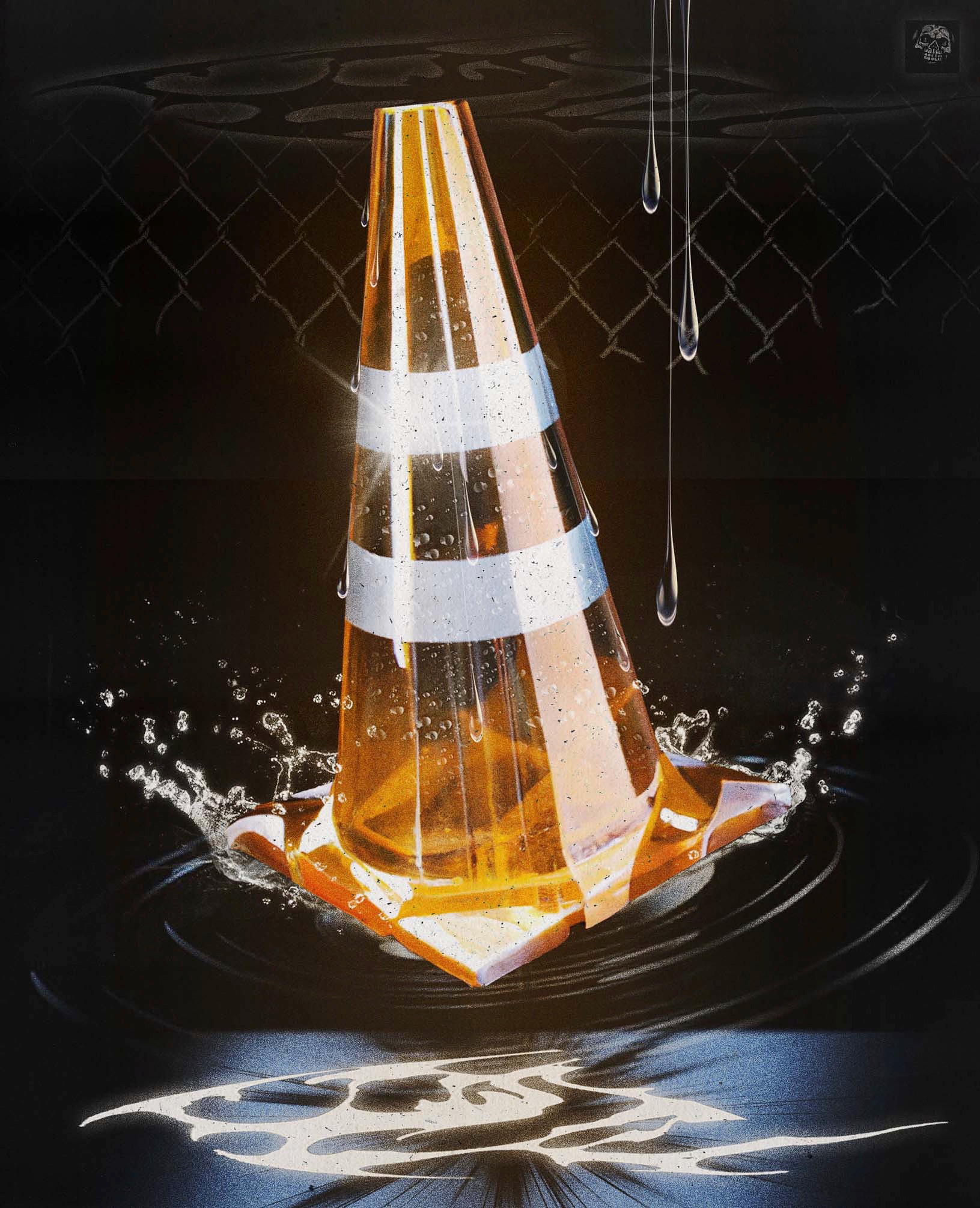
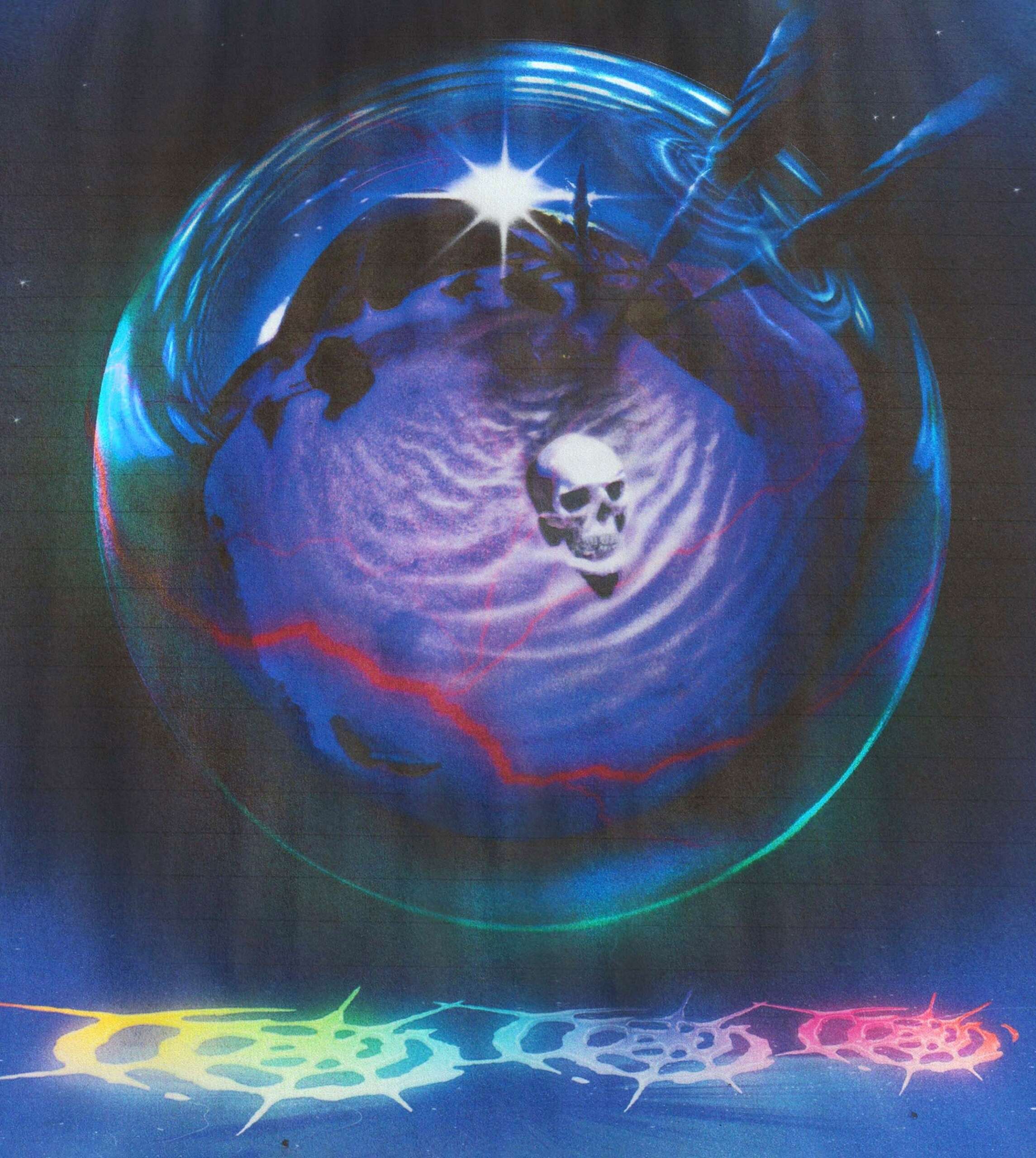
As always, we appreciate you sharing your insights and we’ve got a few more questions for you, but before we get to all of that can you take a minute to introduce yourself and give our readers some of your back background and context?
I’m Alexander Soukakos, a 22-year-old Greek-American designer currently based in New York, NY. Originally from Seattle, WA, I’m completing my fourth (and final!) year at Parsons School of Design, where I’m working towards a BFA in Communication Design. My design work primarily revolves around the music industry, focusing on album cover art and merchandise design, and extends to encompass custom typography and experimental lettering, editorial design, illustration, and 3D. While I primarily work in the digital realm, I have a deep appreciation for the tangible and tactile elements of design; physical music mediums like vinyl records and CDs, analog-making techniques, and a sharp focus on texture are pretty common throughout my work.
I discovered my passion for music-related design back in high school; at the time, I managed a fan account where I’d share my redesigns of cover art for some of my favorite songs. During my junior year of high school, I caught the eye of Nicki Minaj after I designed two fan-made cover arts for freestyles she was releasing at the time. To my surprise, she chose to use my designs for each track– and in posting a version with my tag on her Instagram, gave me my first big break.
This huge burst of exposure –so early on– opened up many doors for me. Through the network of followers that came flooding in I secured design projects for other hip-hop artists like CupcakKe, Saweetie, and Megan Thee Stallion. More importantly, it kickstarted a ton of relationships with artists and fellow designers, people I still talk to and collaborate with to this day. While I initially pinned this experience as just a lucky break, it would ultimately turn out to be a pivotal moment that continues to shape my path in the world of design.
Most recently, I had the unreal honor of working with Republic Records and Nicki Minaj on the album rollout for her record-breaking 5th studio album “Pink Friday 2”– designing a variety of assets ranging from cover art to song visualizers to CD packaging. Reflecting on my design beginnings, how I learned to use Photoshop and Illustrator by making Nicki–related fan edits, I can’t overstate how much this opportunity was an extraordinary full-circle moment. I got to do what I used to only dream of, officially. Seeing something I’d wanted and worked hard for for years come to fruition, it doesn’t get much wilder than that. As I gear up for graduation in the next few months, I am eager to continue my work in this field and continue to blend my passions for music and design. If my previous endeavors have taught me anything, it’s that persistence and passion can indeed move even your wildest goals within reach.
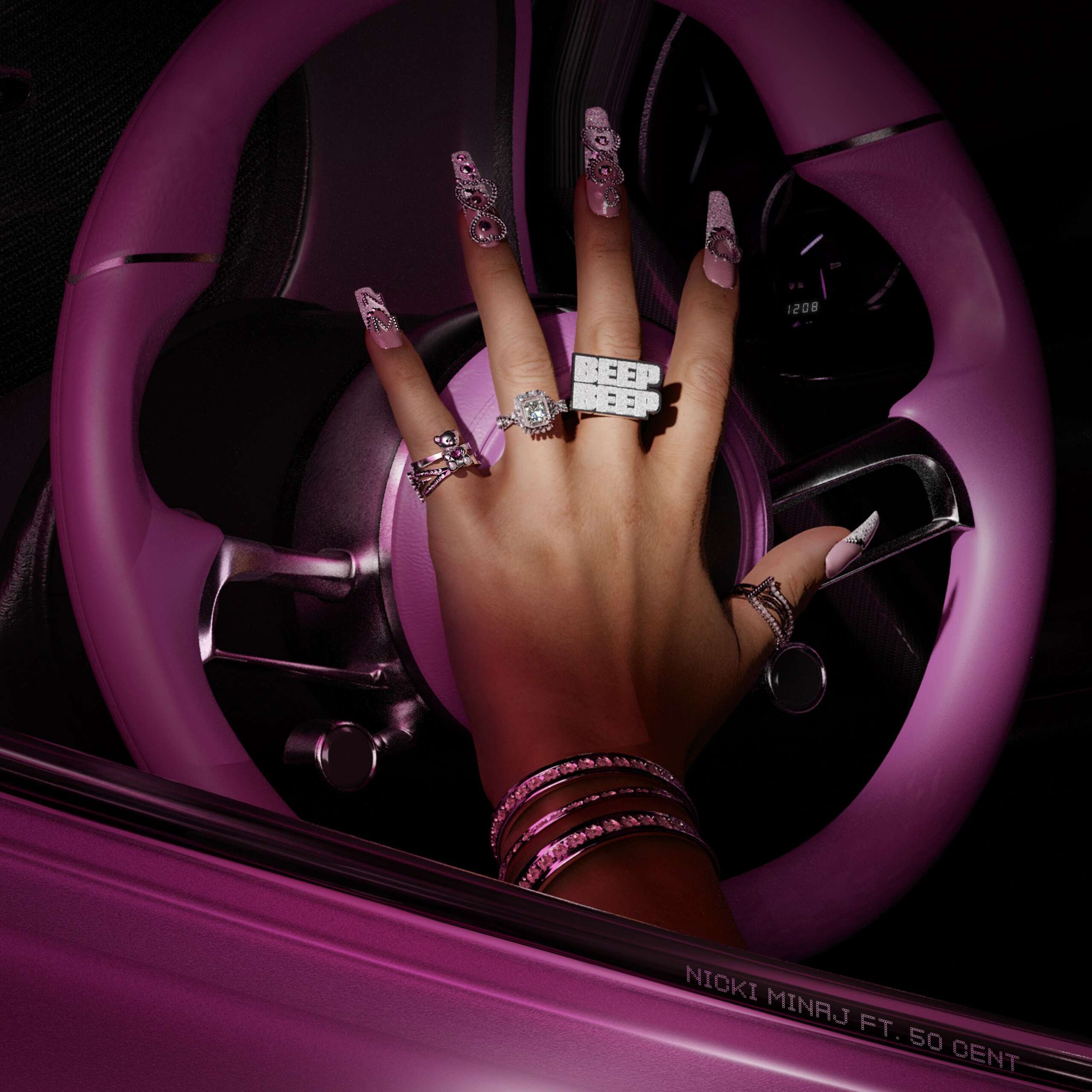
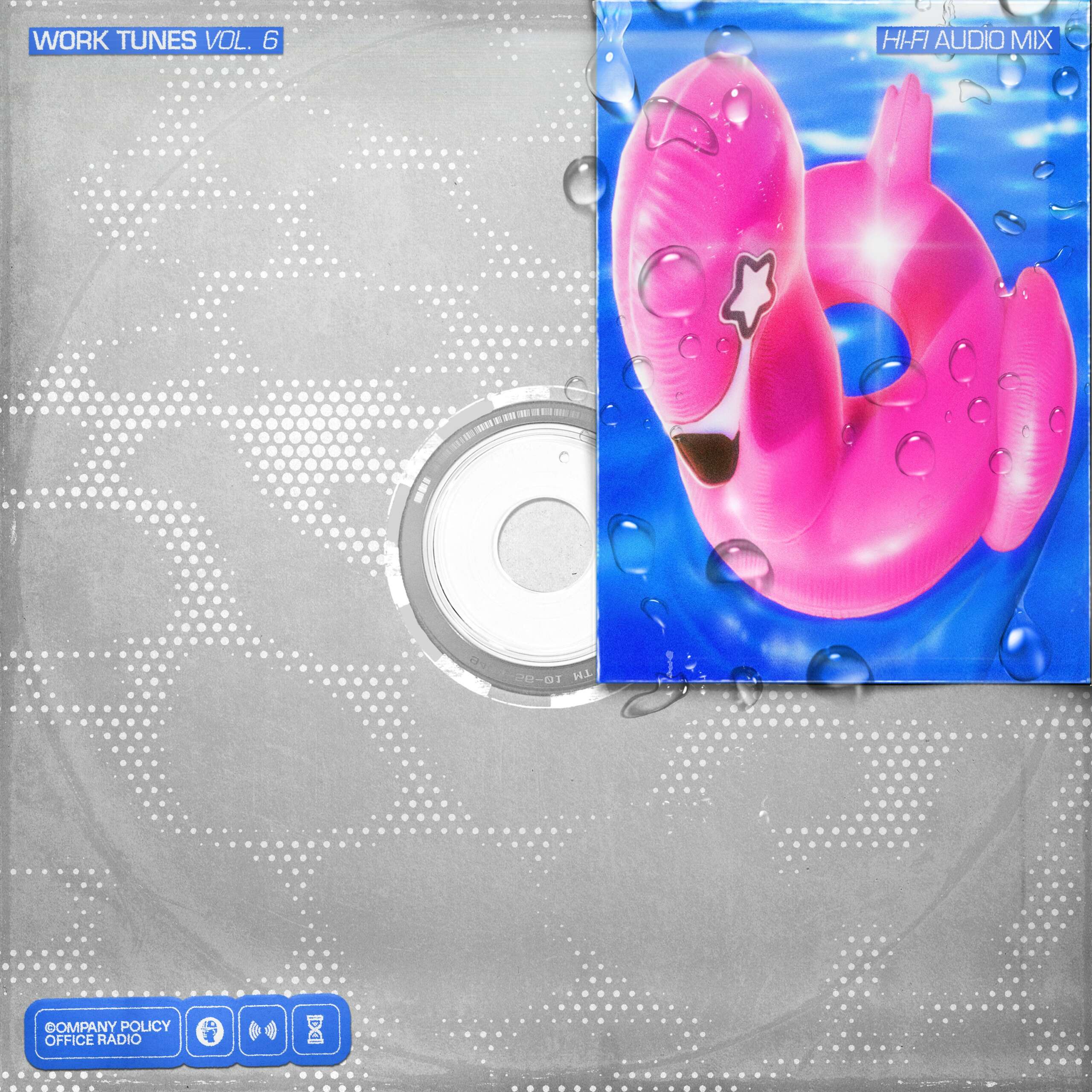
How did you build your audience on social media?
Building my audience on social media happened in kind of an odd and sporadic way.
It began with that fan account I mentioned previously, when I was 17, posting my own cover art redesigns of my favorite tracks. I think this account was so important in my come-up because I was just posting everything and everything. I was just making and making and seeing what stuck. Of course, I look back and cringe at some of the things I was posting, but each piece was a learning experience. It’s true that consistent posting is good for the algorithm and all that but I think the best part of it is just the importance of consistent making. It’s so easy to overthink what you’re creating, how you share it, how you want your feed to look, how you think a piece will be received… but it’s all in our heads. Easier said than done, I know.
Finding some form of community or comradery online is important too. If I saw a designer or creative director whose work I liked, I’d send them a DM asking questions or expressing my admiration for a particular piece. People are usually honored that you value their perspective, and are happy to chat. There were so many times that the person I was reaching out to had 10 to 100 times more followers than I did, and I thought that my message would just be buried in their requests– then BOOM, they would respond. I still talk to lots of these people now, even 6 years later. Don’t underestimate the importance of connecting with other designers and creatives, even if it’s just a simple hello. So what if they don’t respond? Sending a message and reaching out never hurts.
The other thing I’ve come to understand is the importance of simply sharing your work with the world. I attribute the majority of my successes to the fact I was able to do this via social media. The relationship I built with Nicki was all because of it; I took myself from a fan to working officially with her and her team. Yes, it’s stressful, and yes it’s nerve-racking. Putting your work out into the world opens it up to harsh criticism, judgment, and unnecessary commentary. Remember that this side is equally as important, and unavoidable. We all need a healthy dose of critique.
Regardless of that, simply putting yourself out there can be an incredible learning experience that can lead to a whole host of opportunities. Push through the discomfort of sharing your work– you literally never know who will end up seeing it.
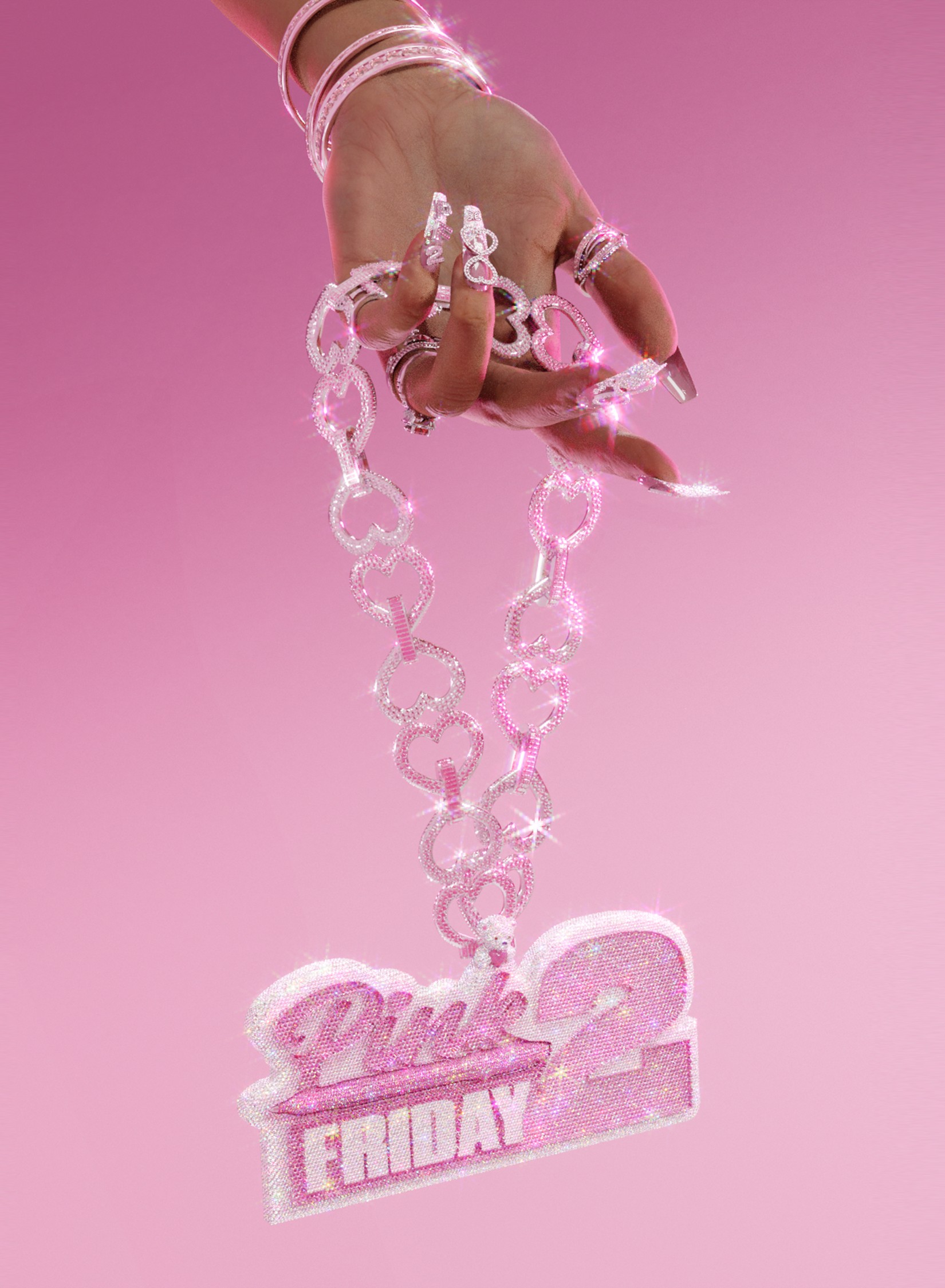
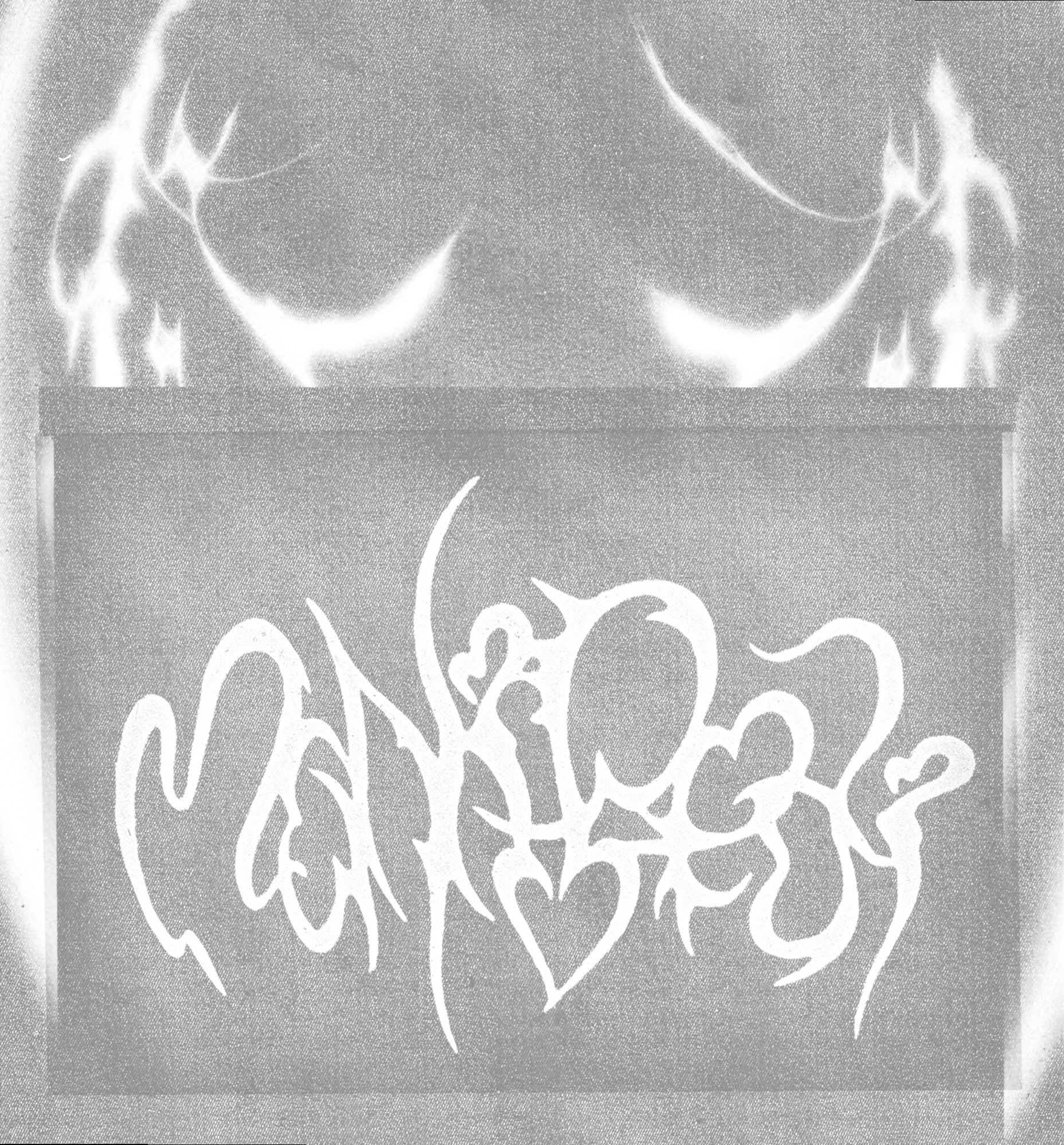
What do you find most rewarding about being a creative?
For me, the most rewarding part about being creative is the chance to turn what I’m feeling or thinking into something visual that others can connect with.
There’s a very specific, surreal sense of accomplishment that comes with seeing an idea come to life. It could start as an off-the-cuff idea and then grow into something real that others can connect with. Every project is a new adventure with its own set of challenges, and it’s super rewarding to navigate through that, learn a bunch, and see my skills get sharper with each piece I create.
And then, seeing my work out there, doing its thing—like on an album cover or in a brand’s campaign—knowing it might just catch someone’s eye… It’s just the best feeling. It’s little moments like seeing my artwork pop up on the car’s screen while I’m driving, or seeing someone post a song to their Instagram story that I made the cover art for, that make me smile.
And sure, external validation is always fun, but there’s also this incredible moment of, “Wow, I made that!” that hits you after you finish a project. It’s a personal victory every time I look at a completed project and realize the progress and skill encapsulated in that piece. I learn something new every time, even if it’s as simple as a new keyboard shortcut. Seeing people’s reactions is always fun, but true self-recognition is just as thrilling (if not more so) than any public acclaim. It’s a testament to the journey of growth and learning as an artist, reminding me of how far I’ve come and what I’m capable of achieving. Each project is a chance not only to capture a viewer but also to surpass my own expectations –leading to those priceless moments of awe– and a deep, fulfilling sense of accomplishment and pride. It truly never gets old.
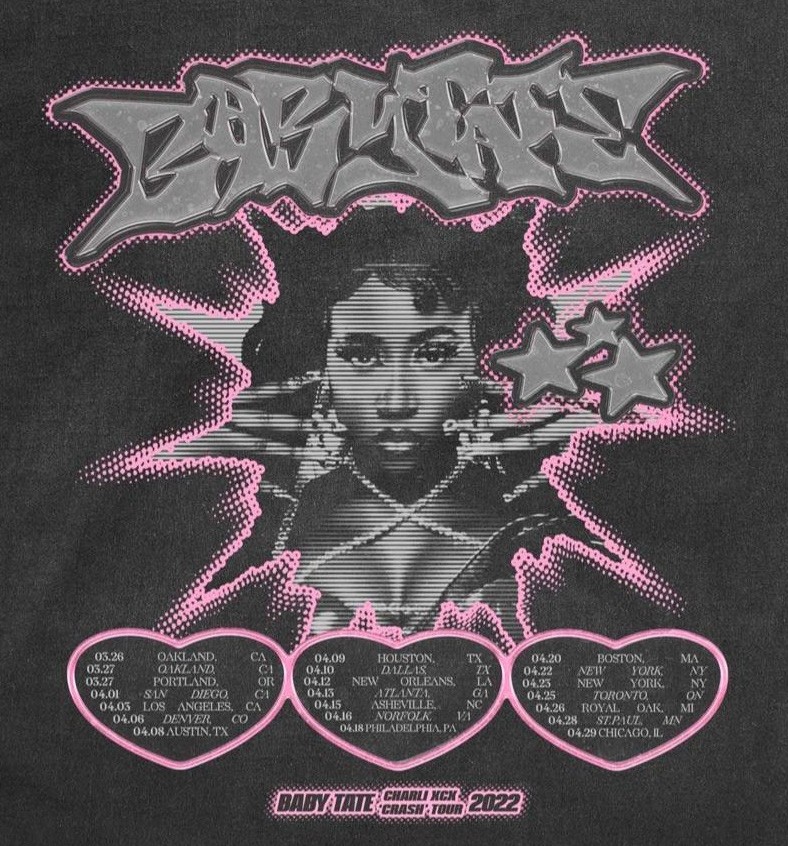
Contact Info:
- Website: https://xandrwrld.com/
- Instagram: https://www.instagram.com/xandrwrld/
- Linkedin: https://www.linkedin.com/in/alex-soukakos/


